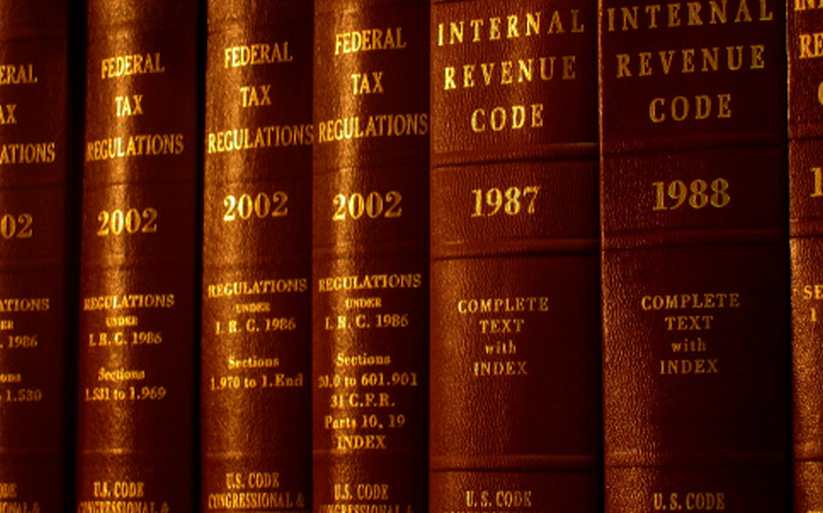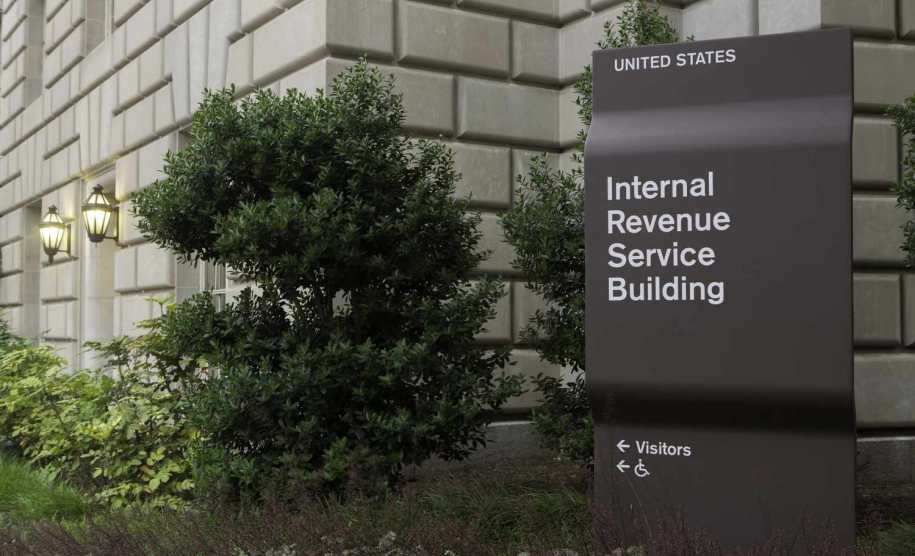Americans Spend $546 Billion to Figure Out Their Taxes as the US Tax Code Grows from 5,000 Words in 1913 to 10 Million Today
Posted On November 19, 2024
0
8.5K Views

US Tax Code Chaos: A Century of Complexity in Summary

Key Features of the 1913 US Tax Code:
- Length:
- The entire tax law was just 400 pages long.
- Today, the U.S. tax code exceeds 10 million words, making it one of the most complex systems globally.
- Tax Rates:
- The initial federal income tax had only seven tax brackets, with rates ranging from 1% to 7%.
- Today, tax brackets range from 10% to 37%, with numerous deductions, credits, and phase-outs.
- Who Paid Taxes:
- The tax code applied to fewer than 3% of Americans—only the wealthiest individuals with incomes above $3,000 (equivalent to about $90,000 today).
- Now, nearly 50% of Americans file income taxes annually.
- Filing Complexity:
- Taxpayers could calculate their taxes on a single-page form.
- Today, completing taxes requires navigating dozens of forms and schedules, often with professional help or software.
- Deductions and Exemptions:
- The 1913 tax code offered few deductions and no credits, making the process straightforward.
- Modern tax law includes thousands of deductions, credits, and special provisions, adding layers of complexity.
Comparison:
- Time Spent:
- In 1913, filing taxes could be done in minutes or a few hours.
- Today, Americans spend 7.9 billion hours annually on tax preparation.
- Length:
- The 1913 law was a concise document; today’s code spans thousands of pages and is accompanied by an equally extensive IRS manual.
Key Features of the 1913 US Tax Code:
- Direct Costs of Federal Taxes:
- Federal taxes account for $4.9 trillion annually, consuming 17% of U.S. GDP.
- Heavy reliance on individual and corporate income taxes, is considered the most harmful to economic growth.
- Compliance Burden:
- Americans filed 271.5 million tax returns in 2023, including 192.3 million individual and corporate returns.
- Compliance requires over 7.9 billion hours annually, equating to 3.8 million full-time workers.
- Economic Impact:
- The time spent complying with tax codes costs $413 billion in lost productivity.
- Out-of-pocket compliance costs add another $133 billion, bringing the total to $546 billion annually, or nearly 2% of GDP.
- Taxpayer Compliance Burden:
- Defined as time and money spent on recordkeeping, tax planning, learning tax laws, and submitting returns.
- Out-of-pocket costs include tax software, third-party preparers, and postage.
- IRS Estimation Methods:
- IRS uses surveys and models to estimate compliance costs, reflecting changes in laws, economy, and filing methods.
- Taxpayer compliance burden does not include tax liability, economic inefficiencies, or psychological costs.
- Impact on Businesses:
- Businesses bear the majority of compliance costs, particularly for corporate returns and quarterly filings.
- Forms for corporate income tax returns cost $119 billion, and quarterly filings add $44.7 billion.
- Complex filings for pass-through entities, estates, and trusts impose additional significant burdens.
- Time Requirements for Filing:
- Individual Form 1040: 13 hours on average.
- Corporate Form 1120: 105 hours on average, with small corporations taking 55 hours and large corporations 830 hours.
- Cryptocurrency Reporting:
- New rules for digital assets under the IIJA added 1.4 billion hours to compliance costs.
- Reporting requirements for cryptocurrency transactions on Form 1099-B cost taxpayers $123.7 billion annually.
- IRS Regulatory Costs:
- IRS-related compliance accounts for 66% of the total 12 billion hours spent on federal paperwork.
- Tax regulations constitute 72% of government-wide out-of-pocket compliance costs.
- Technology and Complexity:
- Advances in tax preparation technology (e.g., 94% of returns filed with software) have not offset increasing tax code complexity.
- Complexity in tax laws grows faster than technological efficiencies, contributing to rising compliance costs.
- Opportunity Costs of Tax Compliance:
- The cost of complying with the tax code goes beyond direct expenses, as it consumes billions of hours that could otherwise be spent on family or business activities. Economists refer to these as opportunity costs.
- Hourly Costs of Tax Compliance:
- For individual income tax forms, the estimated cost per hour is $44.50, combining average wages and benefits.
- For more complex filings (e.g., business-related returns or estates), the cost rises to $56.67 per hour, reflecting the higher wages and benefits for accountants and auditors.
- Lost Productivity:
- Americans spend 7.9 billion hours annually complying with the tax code, resulting in $412.8 billion in lost productivity.
- Total Cost of Tax Compliance:
- When adding $133.3 billion in out-of-pocket costs to the lost productivity, the total compliance burden reaches $546.1 billion annually.
- Impact on the Economy:
- The total compliance cost equals 1.9% of U.S. GDP, surpassing the 1.8% of GDP expected to be collected from corporate income taxes in 2024.
- The $546 billion burden is 26 times larger than the IRS’s annual budget, highlighting the inefficiency of the current system.
The Path Forward
Despite technological advancements like tax software and e-filing, the U.S. tax code remains an overwhelming burden. Simplifying the tax system could save Americans billions of dollars and untold hours, freeing up resources for more productive uses.
As Elon Musk pointed out, a simpler tax code isn’t just a “crazy idea”—it’s an overdue necessity.

Trending Now
Top Startup and Tech Funding News – December 2, 2025
December 2, 2025
Top Startup and Tech Funding News – December 1, 2025
December 1, 2025




